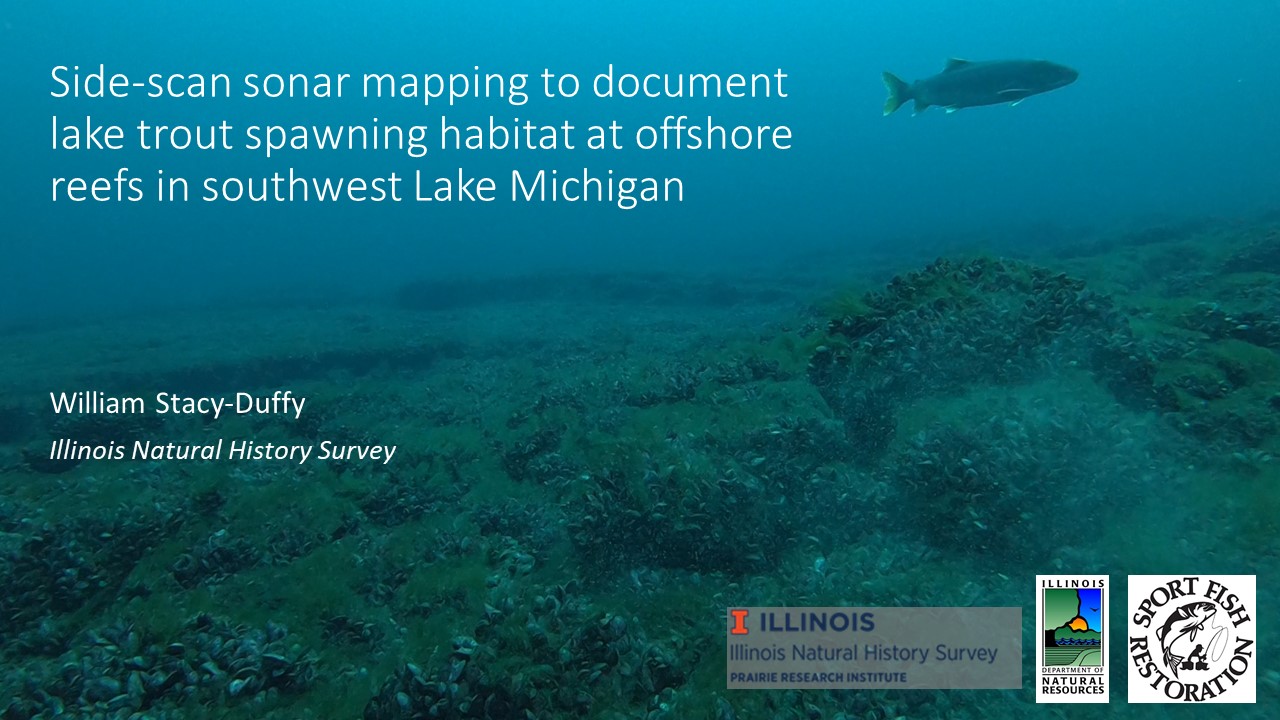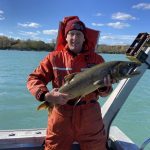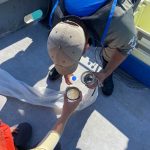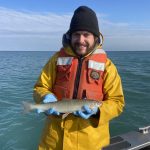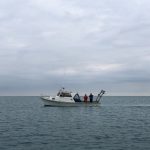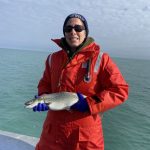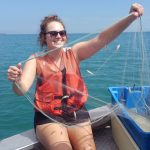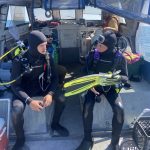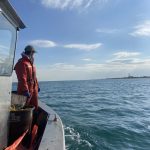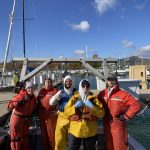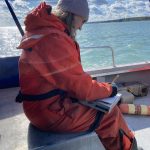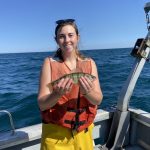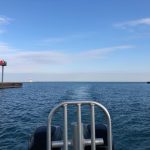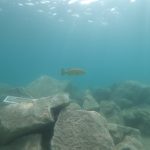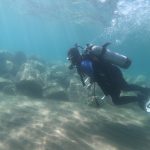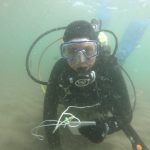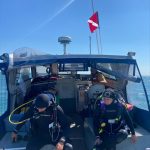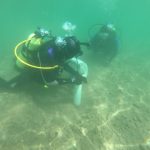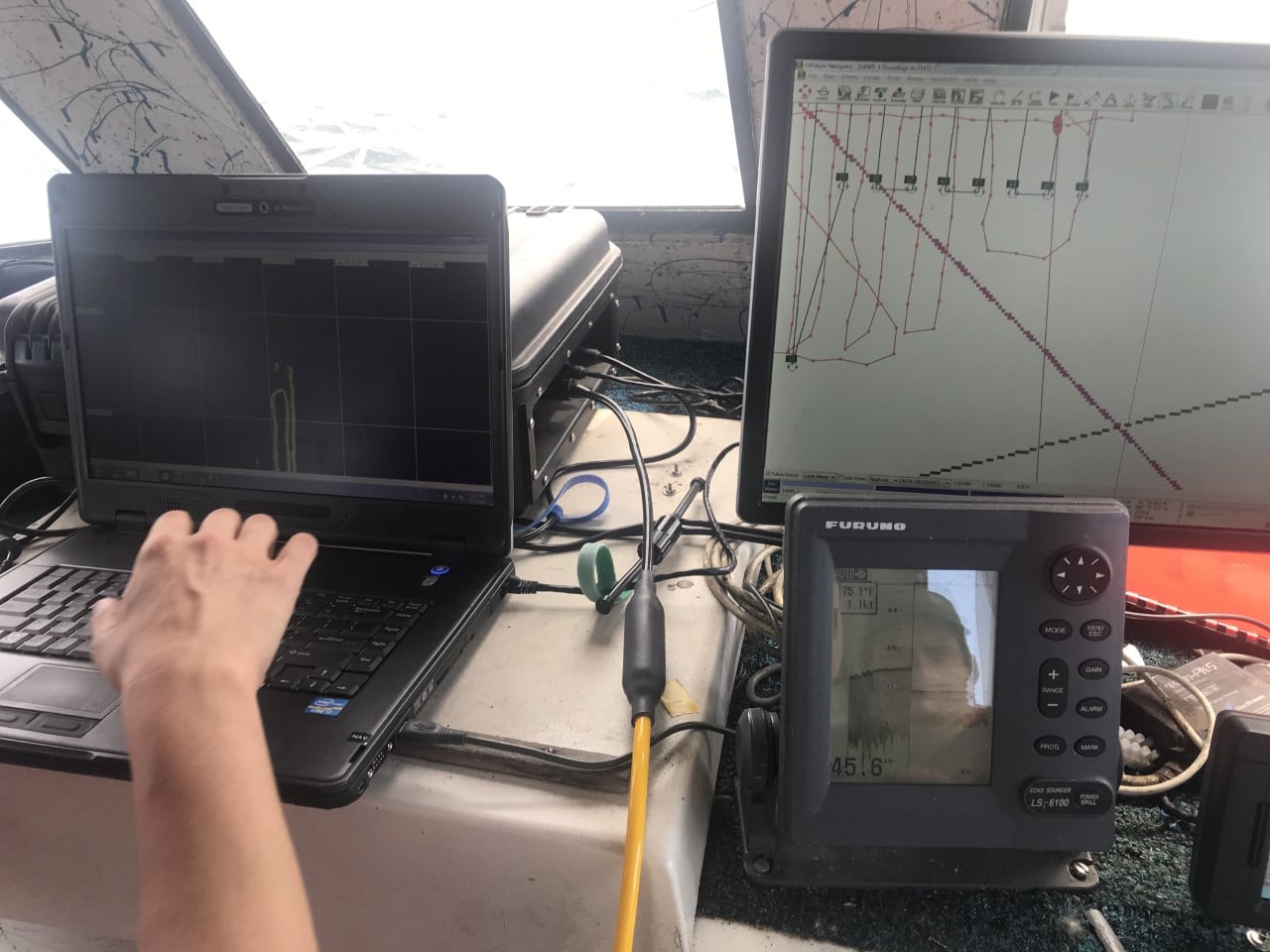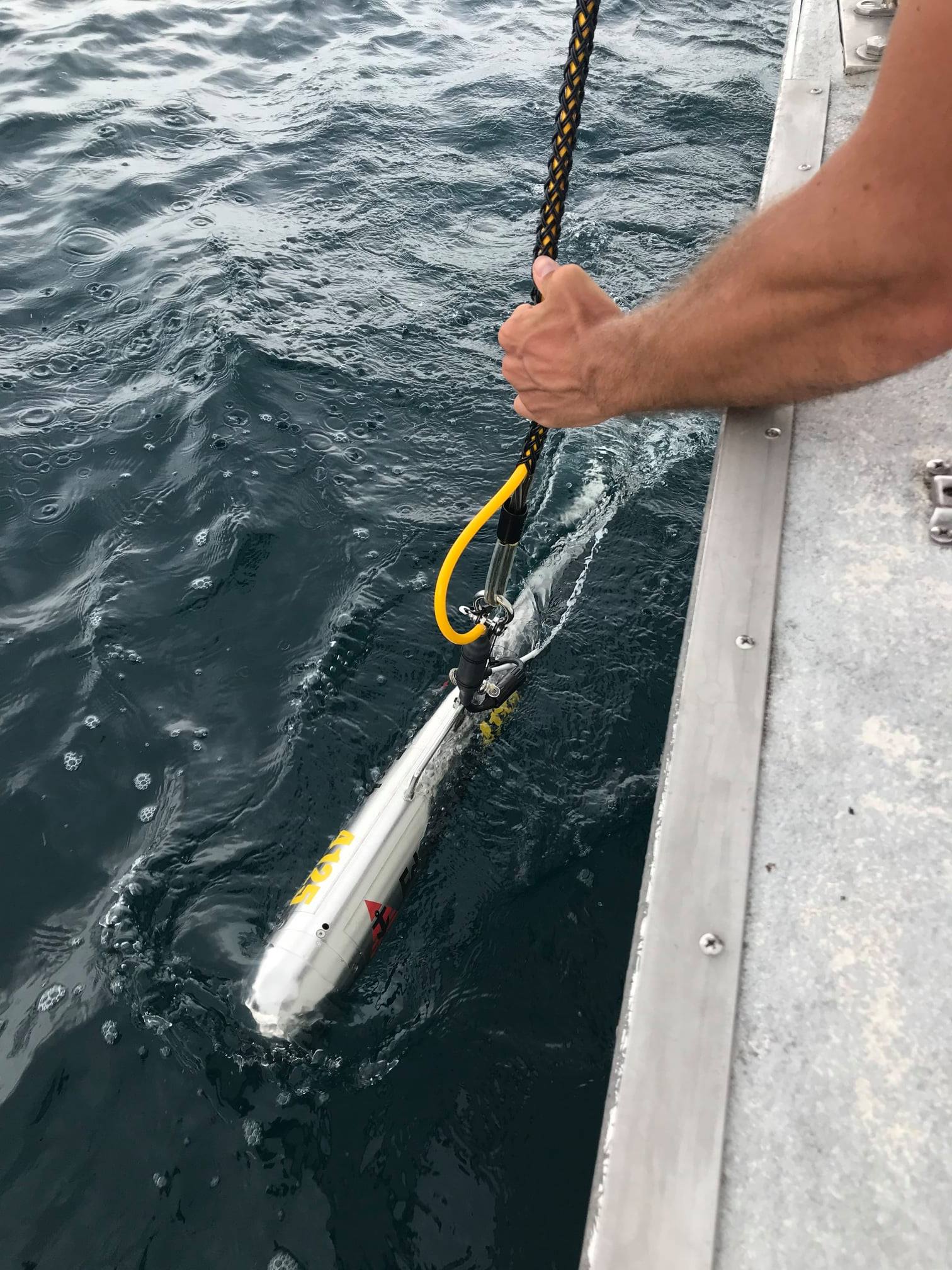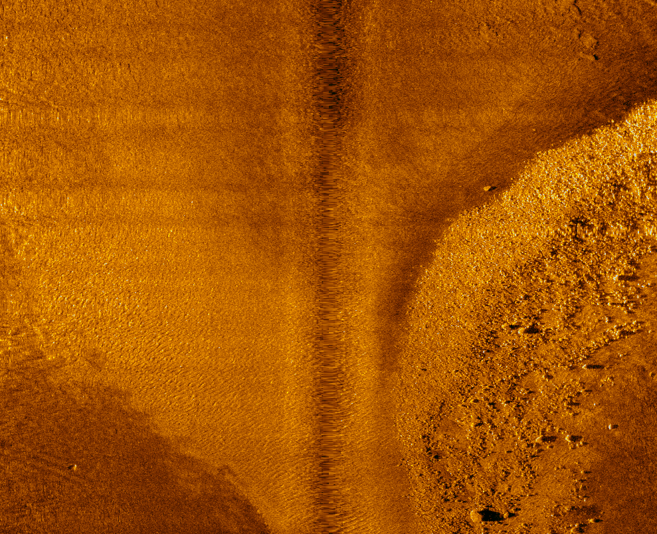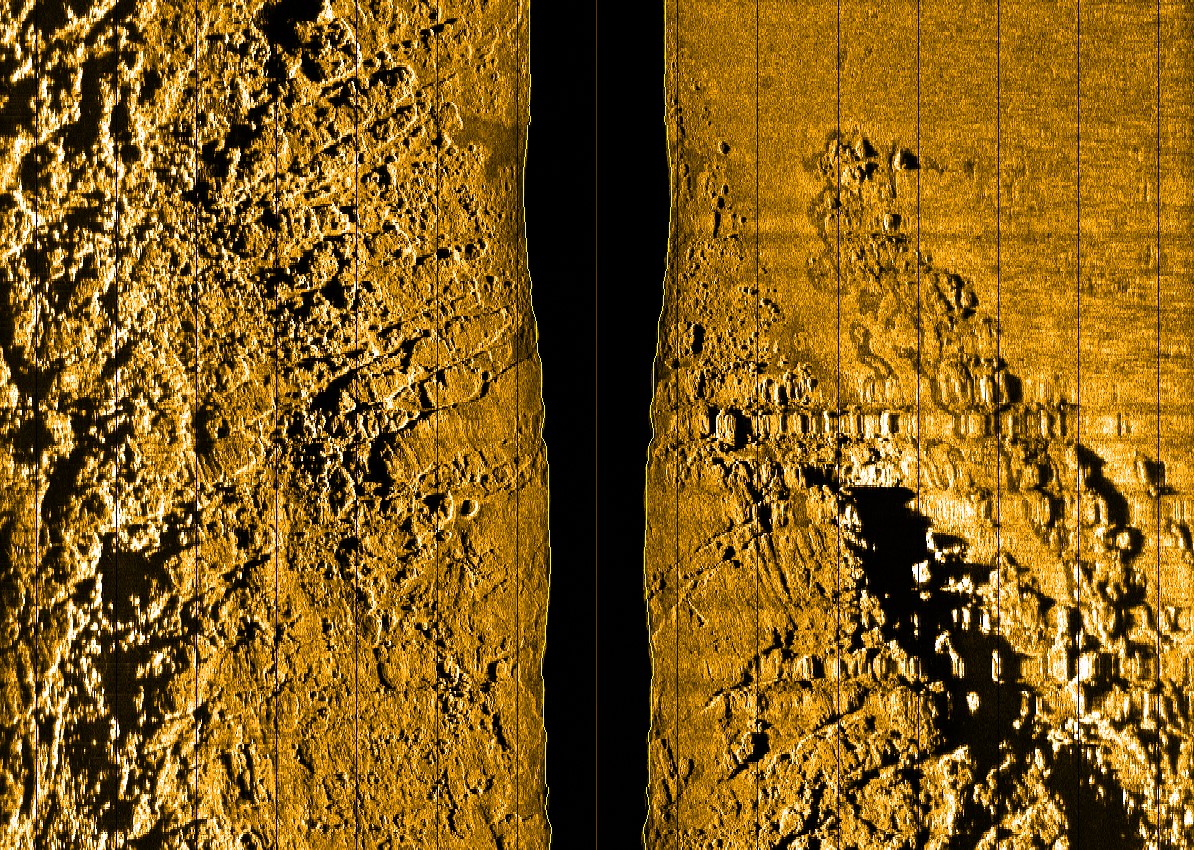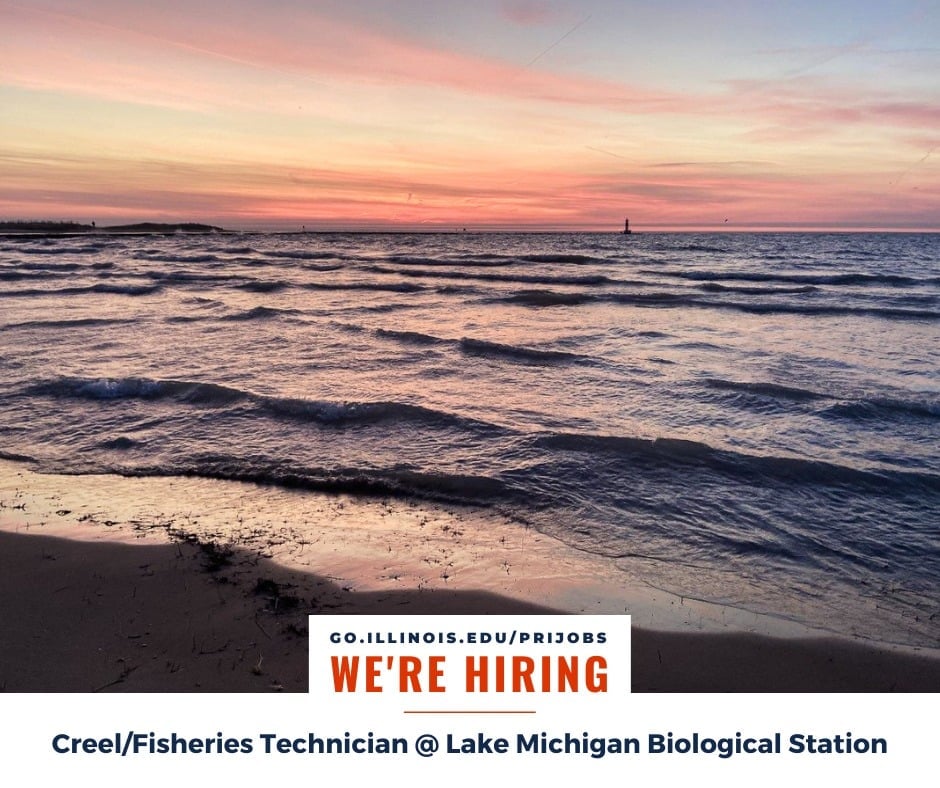
Work with Lake Michigan Biological Station scientists collecting creel and fisheries data! You would interview shoreline and boat anglers to collect information about fishing effort, expenditures, harvest, and biological characteristics of harvested fish. Additionally, you would assist with monitoring yellow perch population dynamics, nearshore fish assemblages, and benthic invertebrate and zooplankton prey resources.
Apply by Feb. 19 !
See details at: https://blogs.illinois.edu/view/7426/2016749972
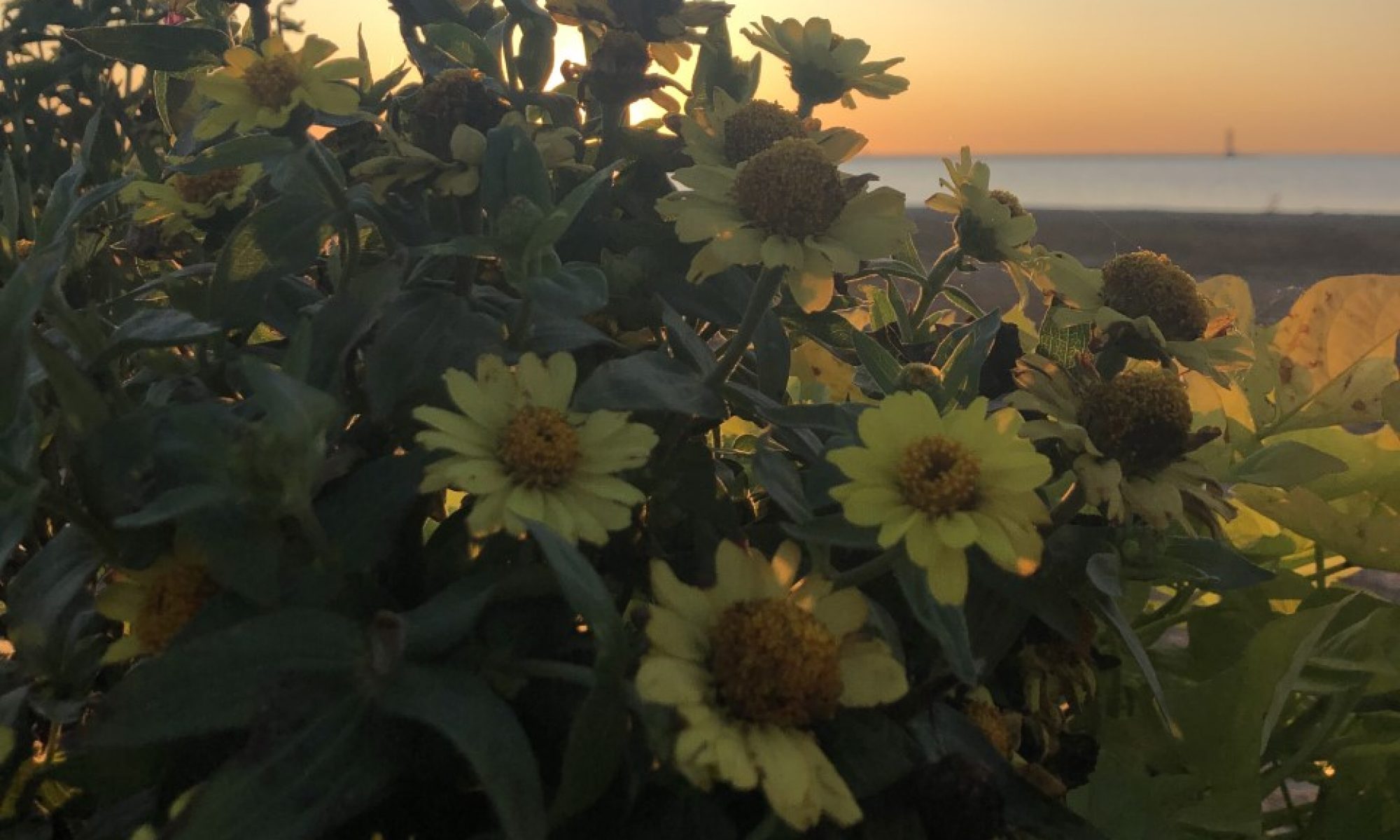
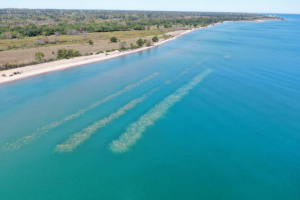
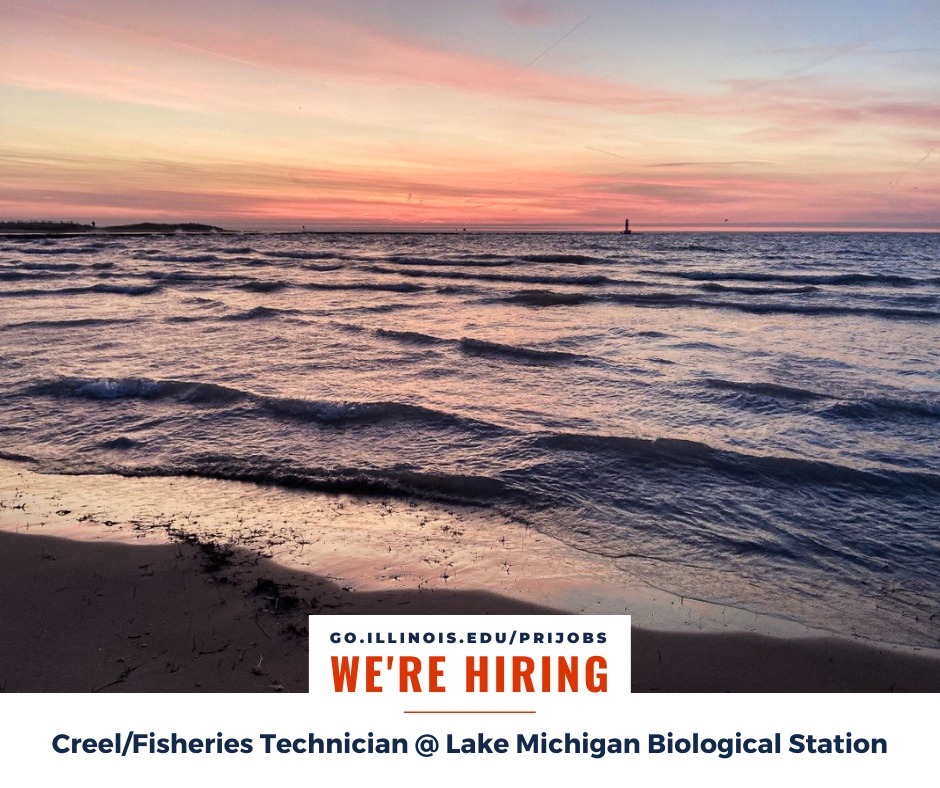
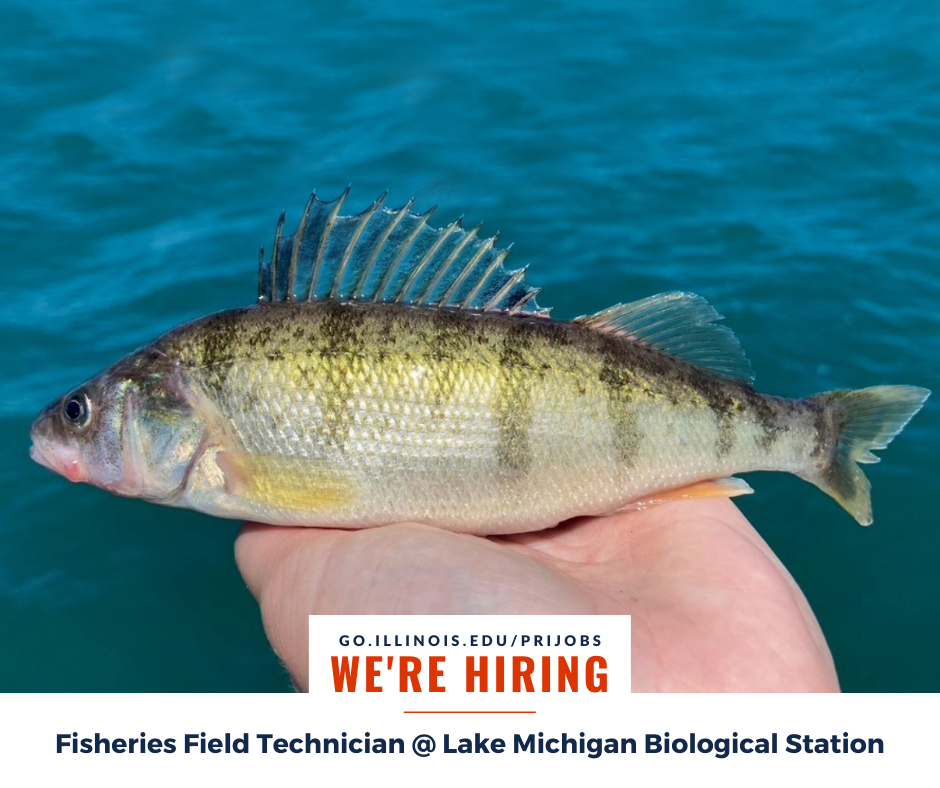 Work with Lake Michigan Biological Station scientists as a fisheries field technician! You’d assist with monitoring yellow perch population dynamics, nearshore and tributary fish assemblages, benthic invertebrate and zooplankton resources, and sport fish harvest dynamics along the Illinois shoreline of Lake Michigan.
Work with Lake Michigan Biological Station scientists as a fisheries field technician! You’d assist with monitoring yellow perch population dynamics, nearshore and tributary fish assemblages, benthic invertebrate and zooplankton resources, and sport fish harvest dynamics along the Illinois shoreline of Lake Michigan.